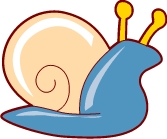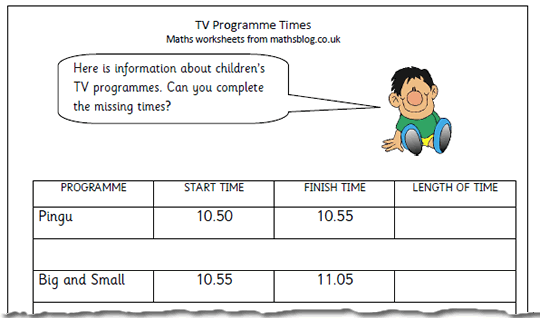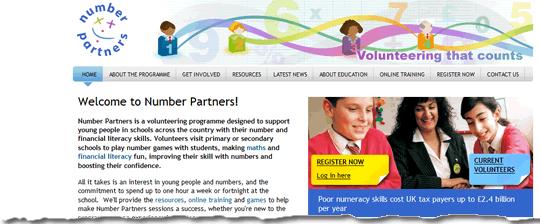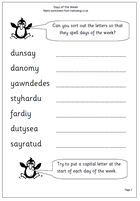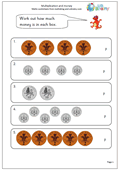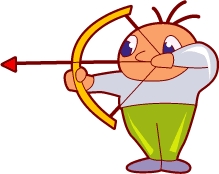It might sound simple, but it is important for children to know that multiplication can be done in any order. This is also true of addition, but not subtraction or division and this knowledge comes into play a great deal later on with ‘BODMAS’ etc.
Put at its simplest 4 lots of 5 is the same as 5 lots of 4 or 4 x 5 is the same as 5 x 4. Children should have had a lot of experience with arrays which are a great way to show this.
This worksheets asks that the child completes the number sentence by putting in the missing number and then working out the times table.
This can be found as part of our Year 3 worksheets, under Counting and Number.

